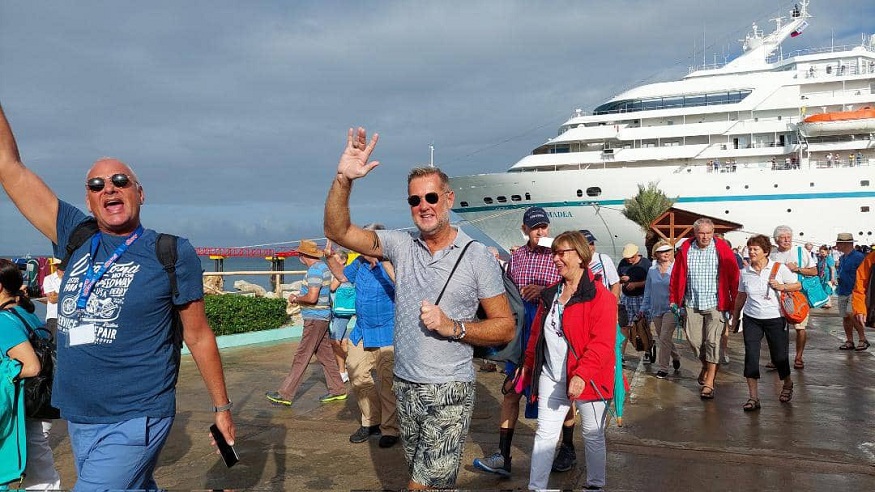Introduction
For a long time, cruise tourism was considered a product reserved for warm seas, especially the Caribbean. The tourist imagination has been nourished by the classic assets associated with cruise holidays: the sea, the sun, white beaches, palm trees, tanning and exotic fruits (Dehoorne et al. 2009). A world apart, a dream sometimes pursued throughout a lifetime. However, the tourist activity is dynamic and always offers new products which must be attractive and original to be able to push consumers towards new destinations. In the continual search for what is new, combined with the need to extend the tourist season (the Caribbean being a winter destination),
The tourist image of the Arctic, long associated with cold, snow and ice, has transformed into a highly attractive product: its landscapes of steep cliffs, pack ice and icebergs, the midnight sun, the Northern Lights have changed the Arctic from a traditionally inhospitable place to an attractive and delightful tourist spot .
Everything that was considered a disadvantage has become an asset .
It’s a strange world, as are its people, for visitors who want to experience life in the North. The growth of interest in the Arctic is also associated with a concern for an environment that could disappear due to climate change and the reduction of ice, which the media provide almost daily reports (Étienne 2005; Lemelin et al. 2012).
Arctic travel therefore represents one of the last frontiers of tourism, which offers “adventure” on comfortable cruise ships, which are increasingly luxury hotels. The cruise ship proves to be the most suitable way to visit remote places that would otherwise be almost impossible to visit given the lack of infrastructure to accommodate tourists (Grenier 2003, 2008).
Strongly encouraged, cruise tourism continues to grow both in terms of the number of visitors and in terms of the search for new destinations on the shores of Greenland. In its journeys, cruise tourism often touches peripheral and isolated places which are inhabited by small communities. The latter are experiencing a fairly significant economic and social crisis on a daily basis and tourism is considered as a development option by Greenland Tourism, the national tourism organization in Greenland. Its policy in recent years has been to strongly encourage cruise tourism (Greenland Tourism 1996).
After a historical summary of the approaches to tourism development in Greenland, I will present the phenomenon of cruise tourism which is currently increasing significantly in peripheral areas. I will include and comment on the views of local people regarding this type of tourism. Then I will discuss the impacts of cruise tourism on communities that do not have the infrastructure to accommodate tourists but are looking for ways to diversify and increase their income.
Tourism in Greenland
Organized tourism in Greenland has been practiced for decades, since it was planned since the end of the 1950s. The status of Greenland changed in 1953, the island, from a simple colony that it was, becoming a Danish province; the authorities then decided to open certain sectors to tourism. At the beginning, it was mainly charter flights which, departing from Iceland, used the airstrips created by the Americans after the Second World War. During the summer, the Icelandic airline Icelandairbrought tourists mainly to southern Greenland, for fishing or hiking to the polar ice cap, and they were accommodated in infrastructure abandoned by the American army (Egede Hegelund 200

